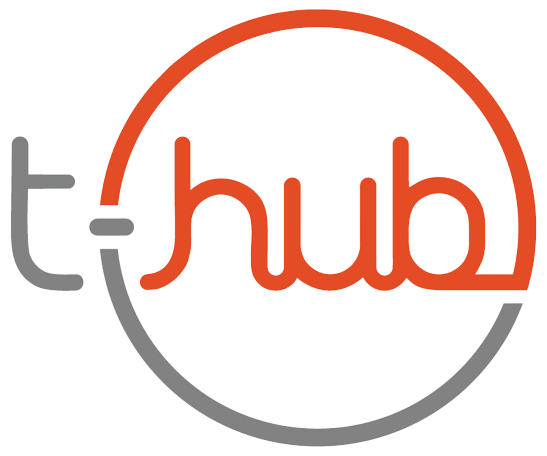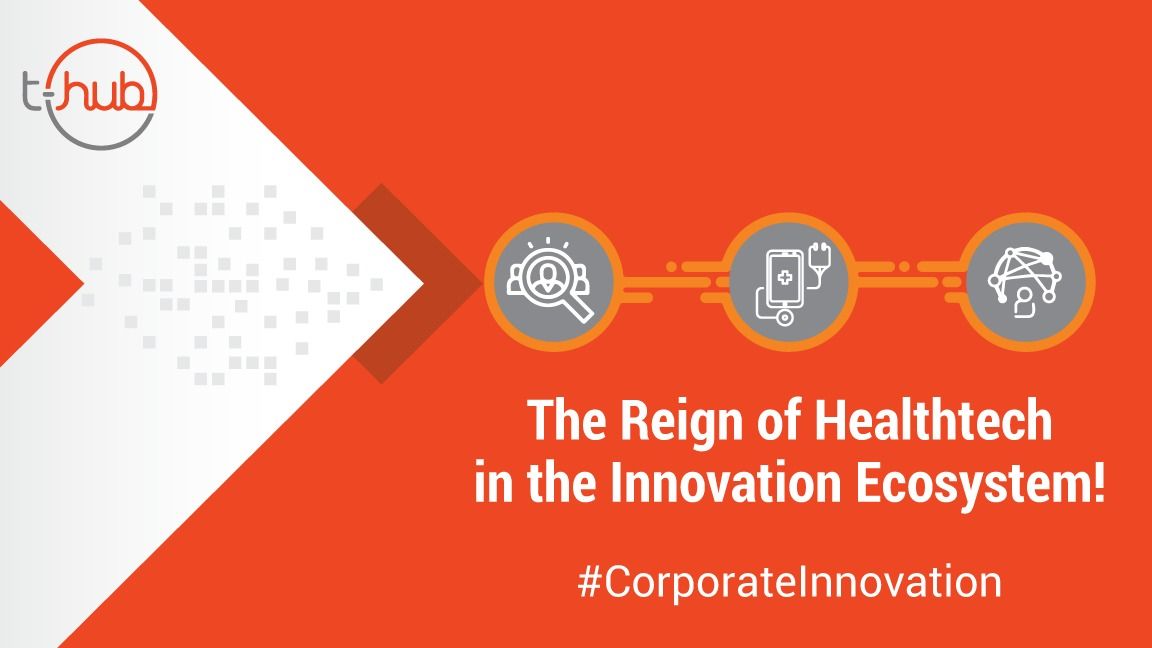Today as I pen down this article, The world is going through perhaps the deadliest pandemic of the 20th century. Who would have thought that the entire earth would come to a standstill in a span of a few months?
Having said that, this kind of challenge does not show up by notifying you. Your healthcare system must be well equipped to face this kind of extreme problem. What does any healthcare system need to fight any pandemic?
- Human resources
- Physical capital
- Consumables
Whether a system has all the above resources or not, it all depends on the local administration along with the government of the day and before. No doubt, there are gaps within the healthcare systems, but one thing which has really boosted the morale of the healthcare ecosystem is the innovation in Healthcare with the help of technology. HealthTech is playing a significant role across the healthcare sector, and its rise is just a beginning. Before jumping to the nitty-gritty, Let’s try to understand HealthTech as a vertical.
What is HealthTech?
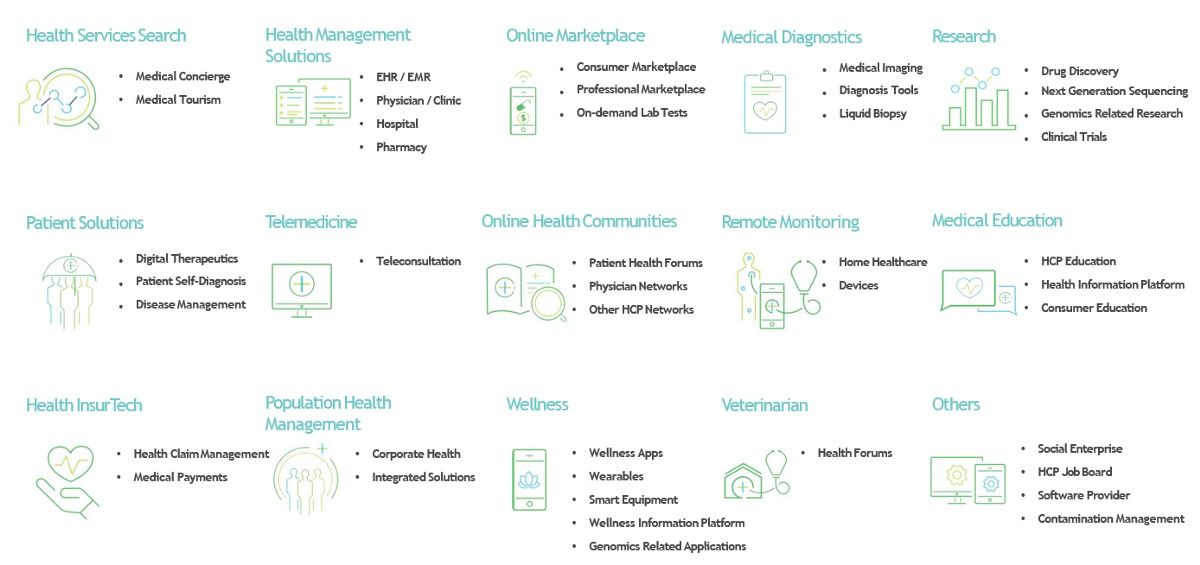
Health Technology or Digital Health is Improving any aspects of the healthcare system with the help of technology. Technology (databases, applications, mobiles, wearables) to provide accessibility, secure payment, and consumption of care, with the ability to increase the development and commercialization of medicinal products etc. can be considered as part of this vibrant domain.
The Health Technology sector brings all designers and manufacturers of medical products for the prevention, diagnostics, therapy, and patient healthcare monitoring together. The Sub-sectors include: hospitals and practitioners, insurance; consumer-facing services; pharmaceuticals; and government — and even as consumers and businesses alike are beginning to realize the potential of the partnership between technology and the health industry, reports suggest that its trajectory is brighter in the future.
Healthcare is an ocean. Entrepreneurs across the globe have been able to identify a range of problem areas and through their innovative products, they are trying to mitigate these challenges. No doubt, all the healthcare & pharma giants have been innovating different drugs through their classical research & development process, which have been time consuming and an expensive affair. The Health Technology sectors have started maturing from 2013 onwards with phenomenal results. This in turn attracted various enthusiastic entrepreneurs to embed technology into the healthcare domain.
The below investment summary shows the growth and potential of the HealthTech vertical.
The HealthTech Family
IN 2019, ASIA PAC HEALTH TECH TOTAL FUNDING DEPLOYED WAS $5 BILLION ACROSS 351 DEALS.
As per the industry leaders, they see consumers and the adoption of emerging technologies as part of future strategies, but also there are many challenges and barriers for integrating them to legendary systems. The gap between what health care incumbents offer today and what will likely be table stakes in the future of health has created an opening for health tech innovators — nimble, consumer-focused, tech-centric companies. These companies are offering solutions that could help incumbents survive in the new world — whether they become partners or disrupt them.
According to Deloitte Center for Health Solutions:
- 2018 and 2019 saw rapid increases in investment into well-being and care, delivery innovators, as well as innovators leveraging AI, machine learning (ML), and the Internet of Things (IoT) to enable their products and solutions.
- Investor arms of health care corporations (CVCs) approach investing in health tech innovators differently than traditional venture capital (VC) firms. They often serve as advisers or counsellors to early innovators, which can allow the company to have a sounding board and laboratory. At the same time, CVCs tend not to be as ROI-focused as their traditional VC counterparts.
Snapshot of Funding: ASIA PAC VS USA
After recording its weakest quarter since 2016 in Q3, Asia Pac HealthTech regained momentum and recorded another $1+B quarter in Q4 to close FY 2019 at $5B, well ahead of our forecast last October.
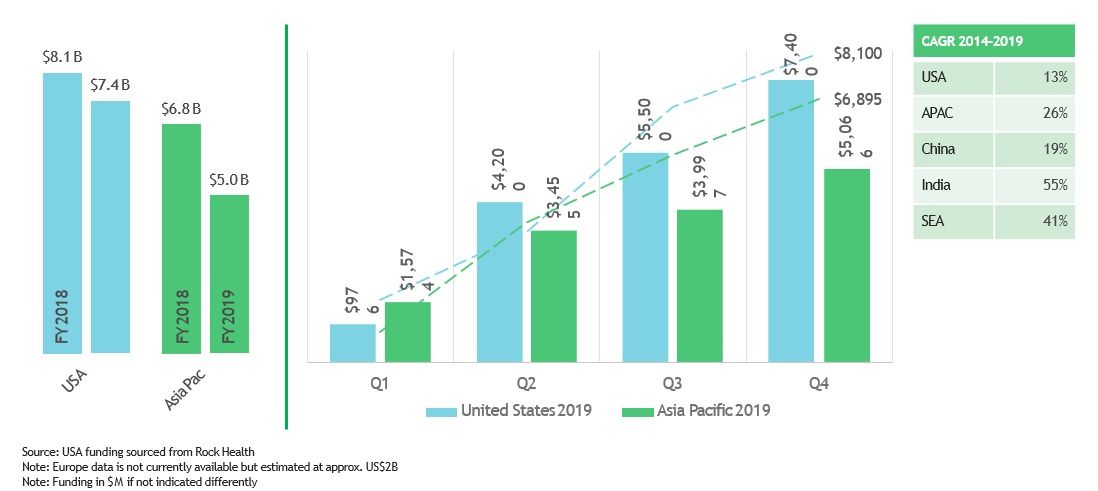
Source: Galen Growth Asia
ASIA PAC HEALTH TECH FUNDING HISTORY (2016–2019)
- Full Year 2019 HealthTech funding closed at $5B, down 27% vs 2018 and up 2% vs 2017
- The second half of 2019 saw a 15% dip in deal activity than the first half with 190 deals
- Despite lower deal volume and value, 2019’s average deal size was $14.2M, up 12% vs 2018 and 51% vs 2017, reflecting a maturing funding pipeline
- 2019 counted a total of 13 mega deals, accounting for 38% of all funding, 4 less than in 2018, down 27% vs 2018
- Exits (IPO & M&A) share accounted for 5.3%, up 28% vs 2018
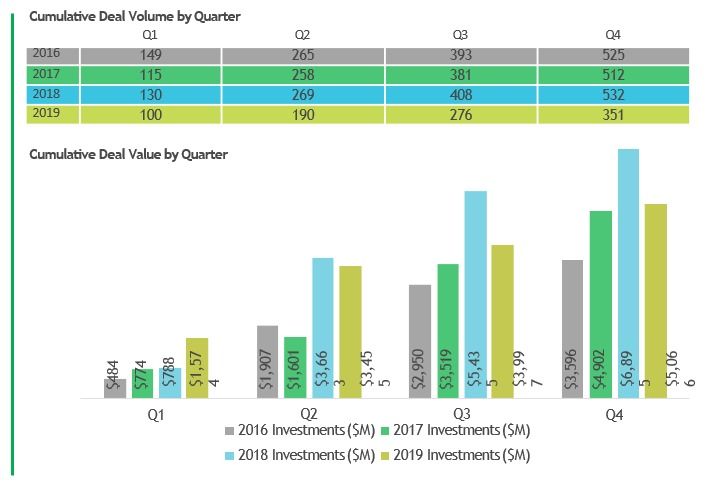
Source: Galen Growth Asia
ASIA PAC HEALTH TECH FUNDING BY STAGE SINCE 2016
- Total Early-stage deal volume in 2019 dipped 47% while the total funding value shrunk significantly to a total of $70M, representing a 65% decline compared to 2018
- Growth stage deals captured 66% of total funding in 2019, up 22% by value share compared to 2018
- YOY total Growth stage deal value deployed in 2019 dipped 12%:
- Total volume and value of Series A deals decreased by 47% and 18%, respectively
- Series B deals closed at $1.63B, higher than in 2018 and claimed 33% of all deals, up 41% vs 2018
- Late-stage deal value share remains unchanged at 20%, on par vs 2018
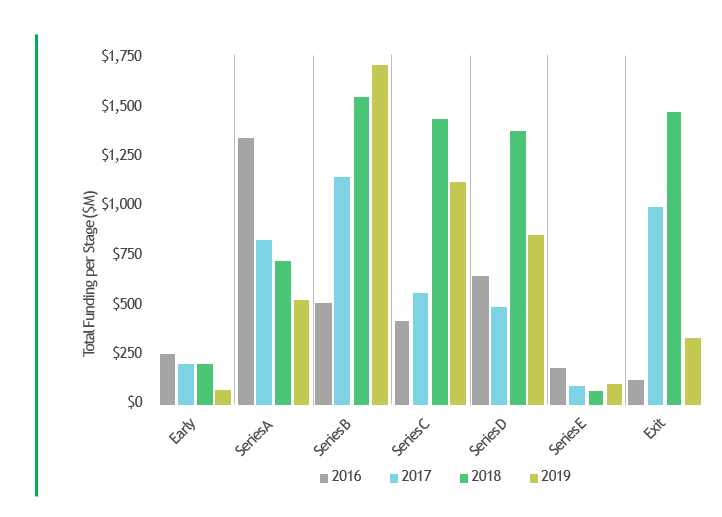
2019 HEALTH TECH ECOSYSTEM DASHBOARD (ASIA PAC)
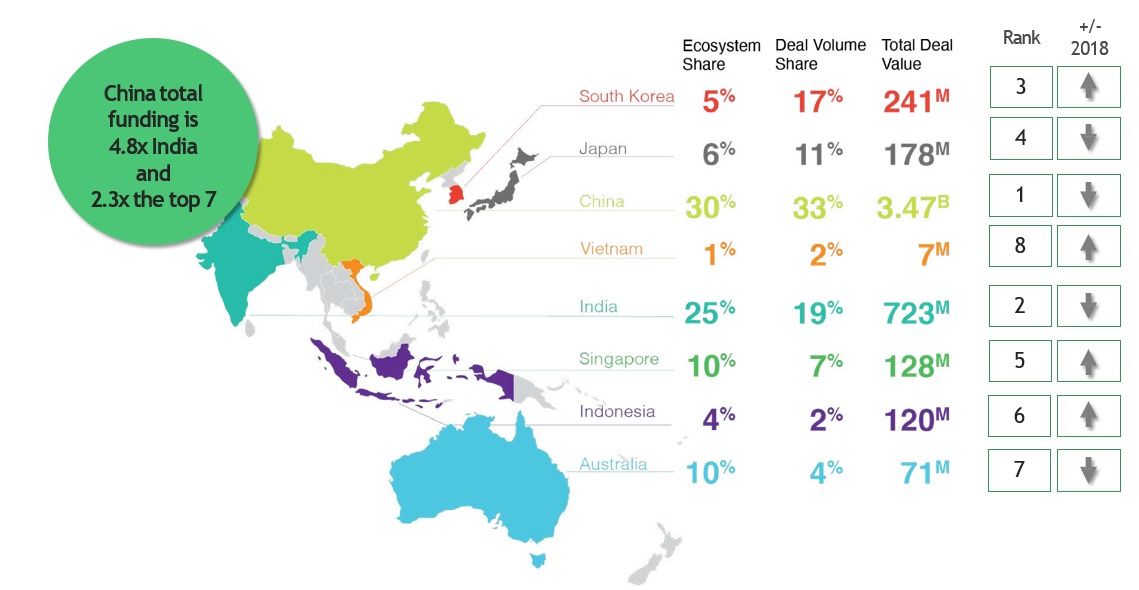
The above image depicts the ecosystem share, deal share & the total deal value across ASIA PAC
Let’s have a look at the most funded categories in HealthTech
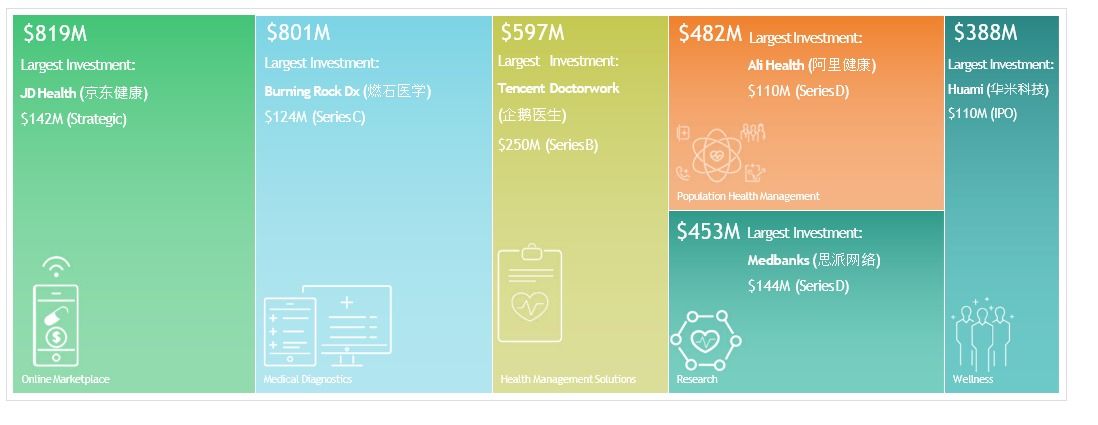
HEALTH TECH MOST FUNDED CATEGORIES BY VALUE
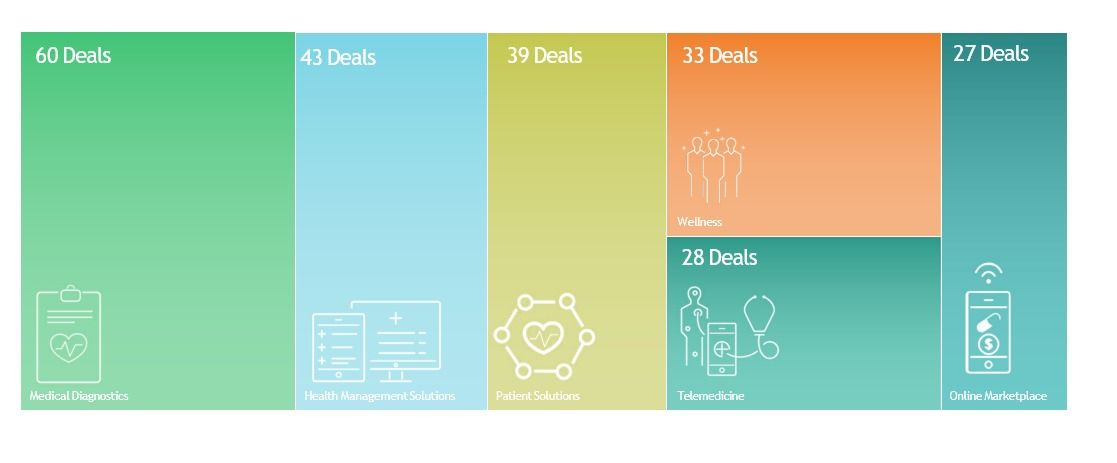
HEALTH TECH MOST FUNDED CATEGORIES BY VOLUME
If you analyze funded categories by value there is a clear sign that medical diagnostics and Health Management solutions are trending upwards and if we look at the volume-wise, Medical Diagnostics moving into the pole with both Patient Solutions and Telemedicine stepping up into the top 5 in 2019
Key Insights
- HealthTech startups with DeepTech penetration will continue to disrupt across vertical & will keep raising investment. As per different analysis and insights, in recent years, the investor has shown more trust in those startups who leverage AI, ML & DeepTech and have received the most funding.
- Many healthcare mammoths are developing investment funds to prepare for the future as technology becomes more integrated into daily life, work, and culture.
- Corporate venture capital participation has been stable since 2015.
- Though there is a growth for health tech startups at the same time they have a plethora of barriers such as :
i. The Right Value Proposition.
ii. How to integrate their solution.
iii. Regulatory approval.
iv. How to mitigate the longer sales cycle?
v. Hiring Right People
Across the globe during the COVID19 pandemic, many Health Tech startups have been helping their governments in their capacity such as tracking, tracing, drug discovery, vaccine, testing kits, and many but we are not there yet. We must understand we are at a war and if the technology does not help the researchers, scientists, doctors in optimizing to find a vaccine then what would?
— Aditya Ranjan Patro, Program Manager, Corporate Innovation. T-Hub
We power Corporate Innovation through high-impact partnerships and transform your business models for the better. Read more here.
